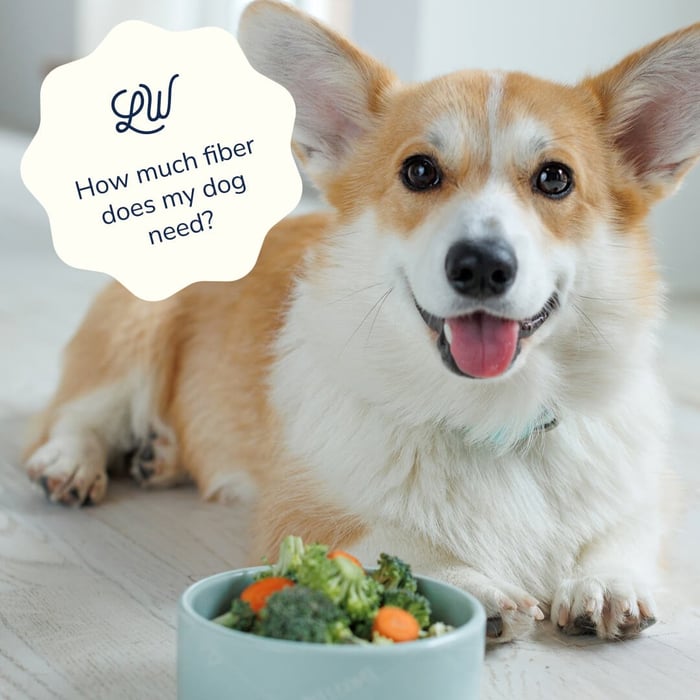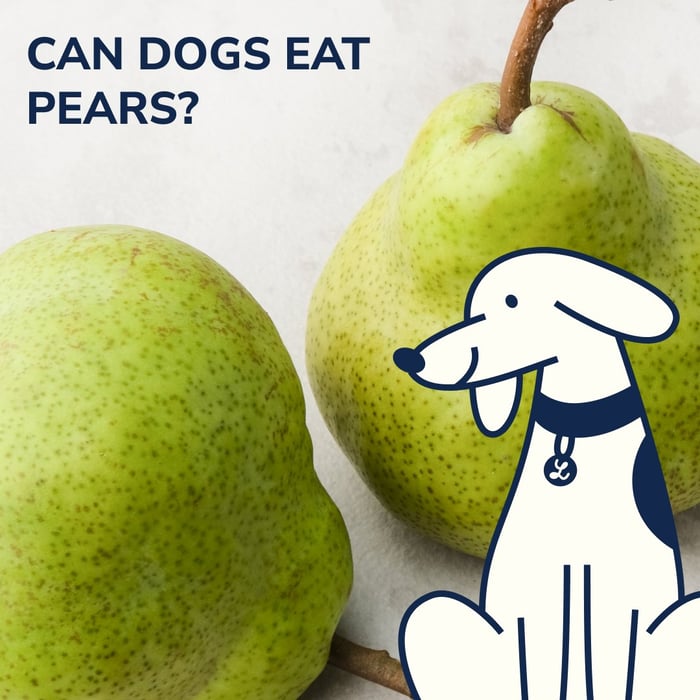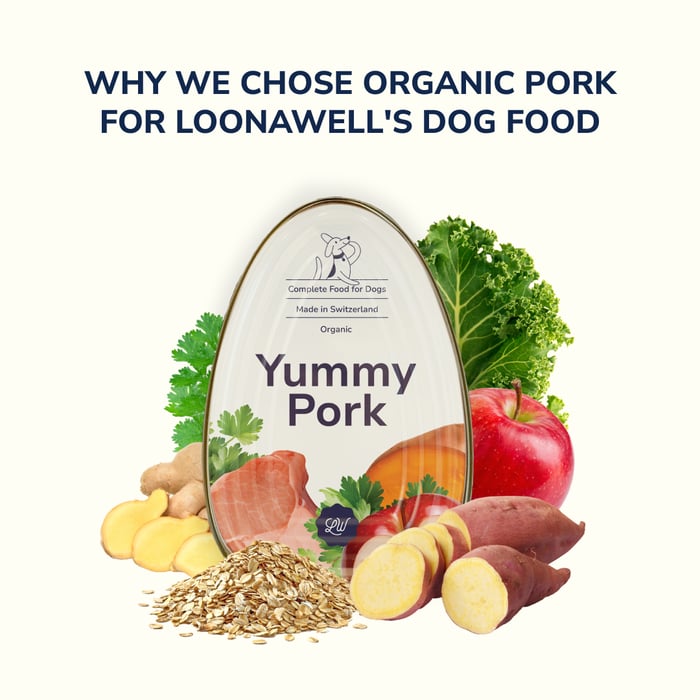As dog owners, we often project our dietary habits onto our furry companions, believing that what’s good for us must be equally beneficial for them. This tendency is rooted in the deep bond we share with our dogs, treating them as cherished members of our families. One common area of interest is fiber intake – an essential component of human nutrition. However, when it comes to fiber for dogs, their needs and the role fiber plays in their diet differ significantly from ours.
Understanding Fiber in Human Diets
Fiber is a crucial part of the human diet, known for its numerous health benefits. It is essential for maintaining digestive health, regulating blood sugar levels, and lowering cholesterol. There are two main types of dietary fiber: soluble and insoluble. Soluble fiber dissolves in water, forming a gel-like substance that aids in lowering blood cholesterol and glucose levels. Insoluble fiber, on the other hand, adds bulk to stool and helps food pass more quickly through the stomach and intestines.
For humans, a diet high in fiber can help prevent a range of health issues, including constipation, heart disease, type 2 diabetes, and certain types of cancer. The recommended daily fiber intake for adults is about 25-30 grams, which can be achieved through a balanced diet rich in fruits, vegetables, whole grains, and legumes.
Fiber in a Dog’s Diet
While fiber is undeniably beneficial for humans, the role of fiber for dogs is quite different. Dogs are primarily carnivorous animals with digestive systems adapted to process animal proteins and fats more efficiently than plant-based fibers. The canine digestive tract is shorter and more acidic compared to humans, optimized for breaking down meat rather than fibrous plant material.
Fiber does play a role in canine nutrition but to a much lesser extent. It aids in maintaining digestive health by helping regulate bowel movements and can be beneficial for dogs with specific health conditions such as obesity, diabetes, or anal gland issues. However, the fiber needs of dogs are relatively low. Recent perspectives suggest that commercial dog foods containing between 0.5-2% fiber can be adequate for most healthy dogs, ensuring that they receive enough fiber to support digestive health without unnecessary bulk.
Why Dog Food Doesn’t Need to Be High in Fiber
Given the differences in digestive systems and dietary needs, dog food should not be high in fiber. A diet overly rich in fiber can lead to gastrointestinal upset, such as diarrhea or excessive gas, and can interfere with the absorption of essential nutrients. Dogs derive the majority of their energy from proteins and fats, which should be the primary components of their diet.
High-fiber diets can be beneficial in specific circumstances, such as weight management. Fiber for dogs can create a feeling of fullness, helping overweight dogs reduce their calorie intake without feeling hungry. Similarly, for dogs with diabetes, fiber can help regulate blood sugar levels by slowing down the absorption of sugar. However, these are unique targeted dietary adjustments and should be made under the guidance of a veterinarian.
The Human-Dog Bond and Dietary Misconceptions
It’s natural for dog owners to view their pets as extensions of themselves, extending human dietary principles to their furry friends. This bond fosters a desire to provide the best care possible, but it’s important to recognize that dogs have unique nutritional needs that differ significantly from our own.
Feeding dogs a diet designed for humans, or assuming that high-fiber foods are inherently beneficial, can lead to nutritional imbalances. Dogs thrive on a diet that mirrors their ancestral eating habits – one that is rich in animal proteins and fats, with minimal plant-based ingredients.
What to Look for in Dog Food
When choosing dog food, it’s crucial to focus on the quality and balance of ingredients rather than the fiber content alone. Here are some key considerations:
- Protein Source: Look for dog foods with high-quality animal protein (such as organic, from local farming) as the primary ingredient. This ensures that your dog gets the essential amino acids necessary for muscle development and overall health.
- Balanced Fat Content: Fats are a vital energy source for dogs. Ensure the food contains healthy fats, such as for example those derived from Omega 3-rich fish oil, organic olive oil, and organic flaxseed oil, as well as those that come directly from animal sources such as high-quality fish and meat.
- Moderate Fiber: Ensure the fiber content is within the recommended range (0.5-2%). Fiber for dogs should come from natural sources like vegetables and grains, which also provide additional nutrients.
- Nutrient-Rich Ingredients: Choose foods that contain a variety of vitamins and minerals to support your dog’s overall health. Avoid fillers and artificial additives.
- Special Dietary Needs: If your dog has specific health issues, consult with your veterinarian to choose a diet tailored to their needs, whether it’s weight management, diabetes control, or digestive health.
In conclusion, while the bond between humans and dogs is profound and influences many aspects of our lives, it’s important to remember that our nutritional needs are distinct, especially when it comes to fiber for dogs. Fiber is essential for human health, but dogs require it in much smaller amounts. A diet high in animal proteins and fats, with moderate fiber content, aligns more closely with their natural dietary requirements.
Understanding these differences helps us make informed choices, ensuring our beloved pets receive the optimal nutrition they need to thrive. Always consult with a veterinarian before making significant changes to your dog’s diet, and choose high-quality, balanced dog food to keep them healthy and happy.




